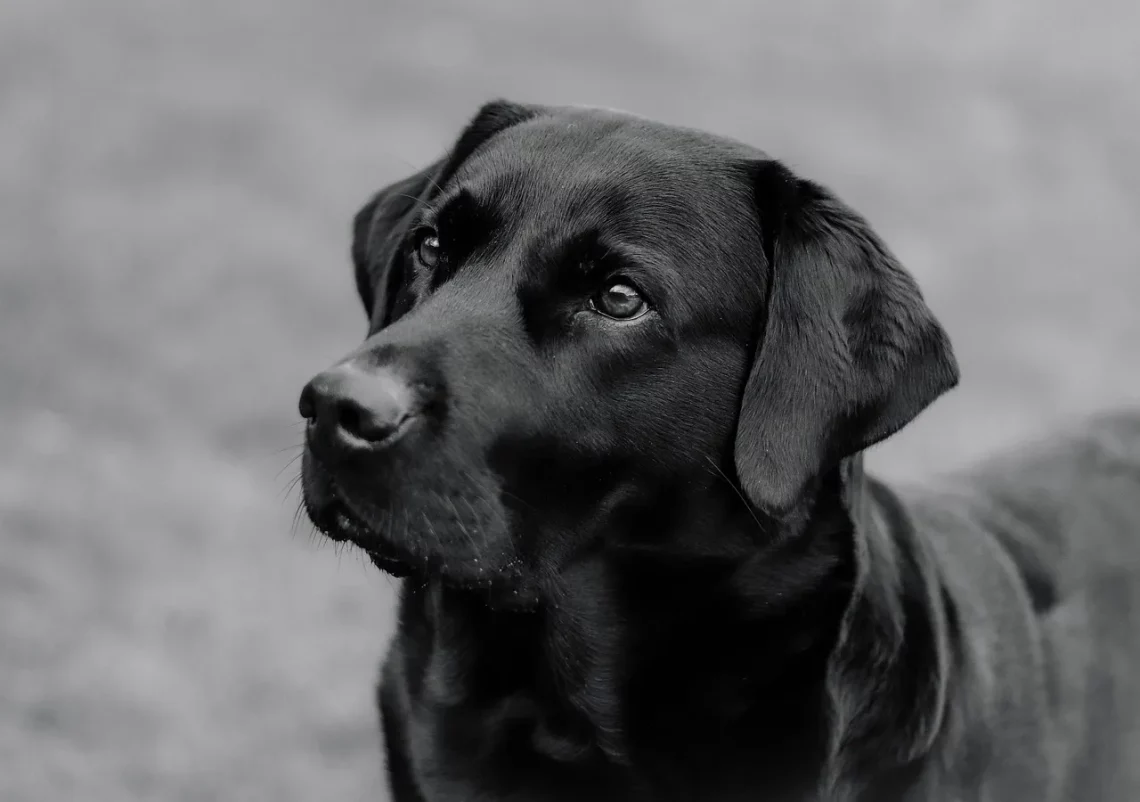-
Understanding Weakness in Your Dog’s Rear Legs and Its Causes
Understanding the causes of weakness in your dog’s rear legs can be a perplexing issue for many pet owners. When a dog exhibits signs of weakness or difficulty in mobility, it can be distressing not only for the pet but also for its owner. Dogs, much like humans, can experience a variety of health conditions that affect their strength and coordination. Recognizing the symptoms early on is crucial, as it can make a significant difference in the treatment and management of the underlying issues. The rear legs are essential for a dog’s overall mobility and quality of life. Whether it’s jumping, running, or simply walking, the strength of the hindquarters…
-
Understanding Why Your Dog’s Back Legs Are Not Working
Understanding why your dog’s back legs are not working can be a distressing experience for any pet owner. When a beloved canine companion suddenly shows difficulty in mobility, it often leads to a whirlwind of emotions, from confusion to anxiety. The back legs are crucial for a dog’s overall mobility, and any signs of weakness or dysfunction can indicate underlying health issues that require immediate attention. In the realm of canine health, the back legs are not just vital for movement; they also play a significant role in a dog’s balance and overall quality of life. When these legs falter, it can impact not only the physical well-being of the…
-
Understanding Why Your Dog’s Back Legs May Not Be Working
Understanding why a dog’s back legs may not be functioning properly can be a distressing experience for any pet owner. Dogs are not just our companions; they are family members, and witnessing them struggle with mobility can evoke deep emotional responses. Various factors can contribute to this condition, ranging from age-related issues to more serious medical concerns. It’s crucial for pet owners to understand the complexities surrounding their dog’s health and mobility. The back legs of a dog play a vital role not only in movement but also in maintaining balance and stability. When these legs fail to perform as expected, it can significantly affect a dog’s quality of life.…
-
Understanding Canine Shoulder Dislocation: Causes and Treatment Options
Canine shoulder dislocation is a condition that can lead to significant discomfort and mobility issues in dogs. Understanding the underlying causes and treatment options available is essential for pet owners who want to ensure the well-being of their furry companions. The shoulder joint in dogs is a complex structure that allows for a wide range of motion, but this flexibility also makes it vulnerable to injury. Dogs may experience shoulder dislocation due to various factors, including trauma, genetic predisposition, or degenerative conditions. Recognizing the signs of this injury is crucial for timely intervention and recovery. Symptoms can range from limping and reluctance to use the affected limb to visible deformities…
-
Understanding Canine Shoulder Dislocation: Causes and Treatment Options
Understanding canine shoulder dislocation is crucial for dog owners and enthusiasts alike. The shoulder joint in dogs is a complex structure that allows for a wide range of motion, contributing to their agility and physical capabilities. However, this flexibility also makes the shoulder susceptible to injuries, including dislocation. A dislocated shoulder can cause significant pain and discomfort, affecting a dog’s ability to perform daily activities such as walking, running, and playing. Knowing the underlying causes of such injuries is essential for prevention and early intervention. In many cases, shoulder dislocations occur due to trauma, such as falls or collisions, but can also result from genetic predispositions or degenerative conditions. Understanding…



















